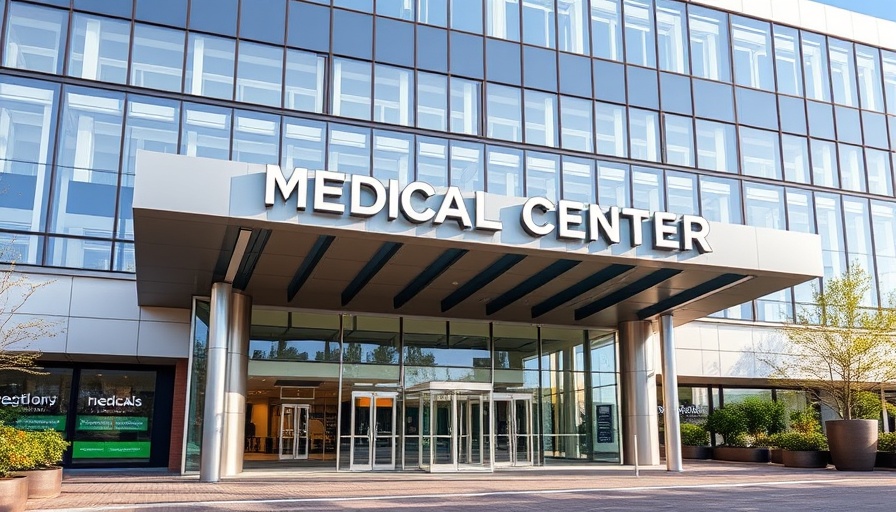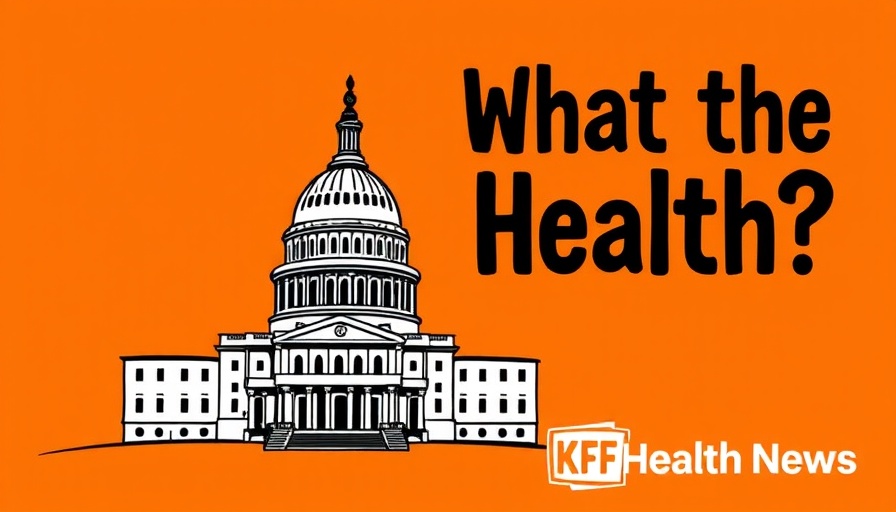
Federal Funding Freeze: A Cause for Concern
The University of California, Los Angeles (UCLA) recently faced significant turmoil as $584 million in medical and science research grants were frozen by federal authorities. This action, initiated by the Trump administration, stems from accusations related to civil rights violations during pro-Palestinian protests. The implications of such funding freezes extend beyond institutional budgets, directly impacting patient care and the progression of medical research critical for addressing conditions like strokes or Alzheimer's disease.
Caught in the Crossfire
Many patients, such as an elderly woman who hesitated to undergo a critical procedure, find themselves caught in this tumultuous political undertow. The anxiety of funding cutbacks can overshadow their immediate health needs, leading to delays that are detrimental to their well-being. Dr. Jeffrey Saver from UCLA expressed the frustration many in the medical community share, noting that the focus should remain on patient care and scientific advancement, not on political agendas that jeopardize lifesaving treatments.
The Broader Implications of Federal Oversight
As noted by California Governor Gavin Newsom, the behavior of the Trump administration, likened to extortion, raises pressing concerns about the politicization of essential medical funding. The research community echoes these sentiments, arguing that when funding is politicized, it discourages researchers from pursuing potentially groundbreaking studies. Federal support has historically been crucial in funding innovative research that the private sector often neglects due to profit-driven motives.
Legal Battles and the Path Forward
Legal proceedings have begun to unravel the implications of the federal government's actions. A federal judge recently ruled that the Trump administration must restore funding, citing the legal violations of due process concerning the cuts. This significant judgment appears to highlight a pivotal moment: an opportunity for research institutions to reclaim lost resources while setting a precedent for how federal funding should be managed in the future.
Looking Ahead: A Call for Stability in Research Funding
As the legal challenges continue and funding is restored, it’s crucial for UCLA and similar institutions to advocate for a funding system that prioritizes medical research uninfluenced by political turbulence. The stakes are high, and the health of patients nationwide could depend on it.
 Add Row
Add Row  Add
Add 




Write A Comment